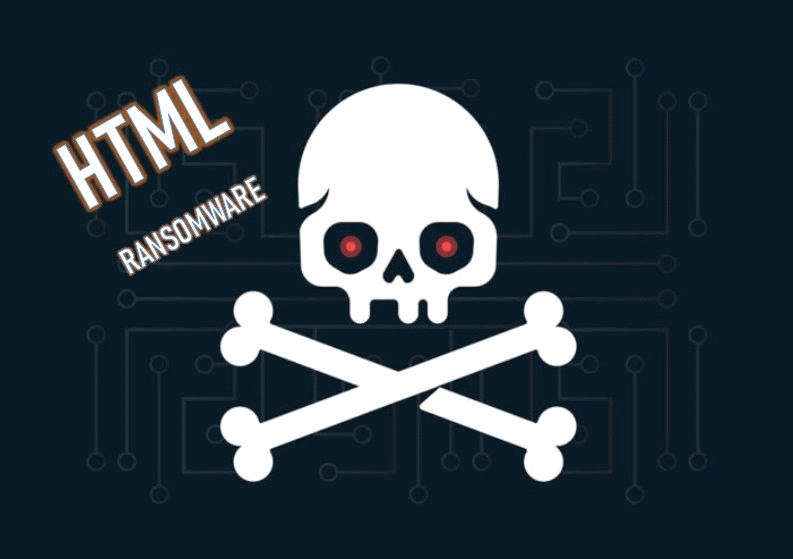What is HTML Ransomware?
HTML Ransomware – another development by the creators of Dharma Ransomware cryptovirus. This is a cryptographer that encrypts user files of various types and formats. The main ones are audio, video, archives, text documents and much more. In addition to the encryption, HTML Ransomware also changes the file extensions to .html, with the full compound extension being as follows: .id-XXXXXXXX.[adm15@protonmail.com].html. Needless to say, files after such manipulations become unusable. This is the main purpose of the attackers because no one wants to lose their files, so the question is how to remove HTML Ransomware and decrypt .html files. Moreover, HTML Ransomware creates a text file RETURN FILES.txt that is a note. This file contains the message of the attackers, this is how it looks:

The note is very short and contains only the contact address of the scammers. After contacting them, they will ask you to pay a ransom in the amount of several hundred (or even thousands) of American dollars and they are absolutely not embarrassed by such a huge amount. Do not believe their promises, no one will ever give you a guarantee that the files will be decrypted after payment. No need to pay them! Check out our guides to remove HTML Ransomware and decrypt .html files.
Update: Use following service to identify the version and type of ransomware you were attacked by: ID Ransomware. If you want to decrypt your files, please follow our instruction below or, if you have any difficulties, please contact us: submit@securitystronghold.com. We really can help to decrypt your files.
How to remove HTML from your computer?
You may try to use anti-malware tool to remove HTML ransomware from your computer. Newly advanced ransomware detection technology is able to run an instant ransomware scan, which is perfect to protect your computer in case of a new ransomware attack.
SpyHunter provides an opportunity to remove 1 detected malware for free during trial period. The full version of the program costs $39,99 (you get 6 months of subscription). By clicking the button you agree to EULA and Privacy Policy. Downloading will start automatically.
How to decrypt .HTML files?
Once you’ve removed the virus, you are probably thinking of recovering files from encryption. Let’s take a look at possible ways of decrypting your data.
Recover data with Data Recovery

- Download and install Data Recovery
- Select drives and folders with your files, then click Scan.
- Choose all the files in a folder, then press on Restore button.
- Manage export location.
Restore data with automated decryption tools
Unfortunately, due to the novelty of HTML ransomware, there are no available automatic decryptors for this encryptor yet. Still, there is no need to invest in the malicious scheme by paying a ransom. You are able to recover files manually.
You can try to use one of these methods in order to restore your encrypted data manually.
Restore data with Windows Previous Versions
This feature is working on Windows Vista (not Home version), Windows 7 and later versions. Windows HTMLs copies of files and folders which you can use to restore data on your computer. In order to restore data from Windows Backup, take the following steps:
- Open My Computer and search for the folders you want to restore;
- Right-click on the folder and choose Restore previous versions option;
- The option will show you the list of all the previous copies of the folder;
- Select restore date and the option you need: Open, Copy and Restore.
Restore the system with System Restore
You can always try to use System Restore in order to roll back your system to its condition before infection infiltration. All the Windows versions include this option.
- Type restore in the Search tool;
- Click on the result;
- Choose restore point before the infection infiltration;
- Follow the on-screen instructions.
Written by Rami D

